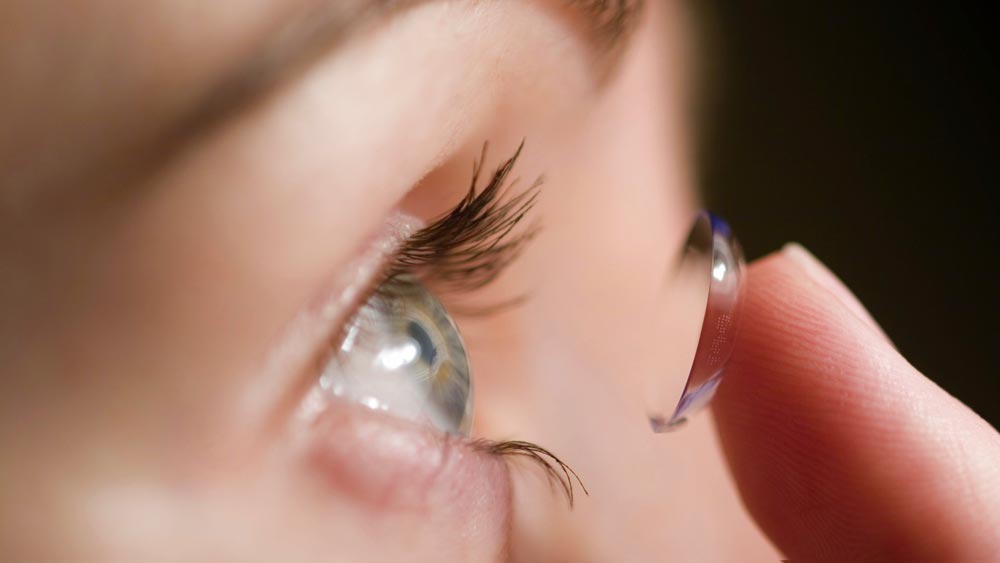
A contact lens (also known simply as a “contact”) is a corrective, cosmetic, or therapeutic lens usually placed on the cornea of the eye.
Contact lenses usually serve the same corrective purpose as conventional glasses, but are lightweight and virtually invisible — many commercial lenses are tinted a faint blue to make them more visible when immersed in cleaning and storage solutions.
Cosmetic lenses are deliberately colored for altering the appearance of the eye. It has been estimated that about 125 million people use contact lenses worldwide (2, including 28 to 38 million in the United States and 13 million in Japan.
The types of lenses used and prescribed vary markedly between countries, with rigid lenses accounting for over 20% of currently-prescribed lenses in Japan, Netherlands and Germany but less than 5% in Scandinavia.
People choose to wear contact lenses for various reasons. Many consider their appearance to be more attractive with contact lenses than with glasses.Contact lenses are less affected by wet weather, do not steam up, and provide a wider field of vision. They are more suitable for a number of sporting activities.
Additionally, ophthalmic conditions such as keratoconus and aniseikonia may not be accurately corrected with glasses.


 Español
Español Deutsch
Deutsch